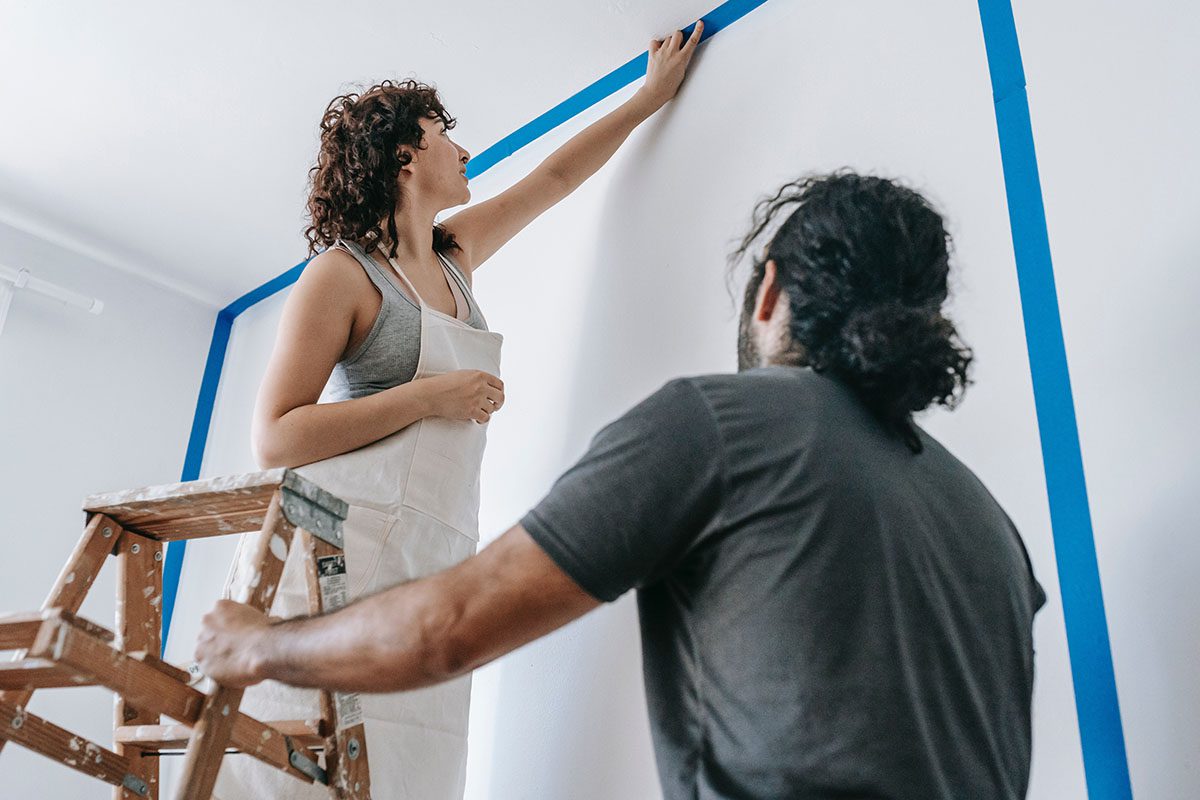

From Fees to Freedom: Richr’s Game-Changing Wealth Strategy in Real Estate, by Jason Rubin, and Glenn Orgin
Have you ever thought about why it costs 6% to…
January 9, 2024
Table of Contents:
Home additions can be just as complex as building a new home. If you are considering a home addition, it’s essential to plan ahead and have a realistic budget and scope in mind before starting the project. When choosing a contractor, do your research and find a contractor whose experience matches your needs. It’s also important to look at the costs of the addition and the potential value it will add to ensure the project is a good financial decision.
We provide you a free home valuation and a breakdown of your closing costs to show you how much you will save and the amount of cash you will receive at closing
Or Call Us +1844-957-4247
Building a new home addition is a complicated and expensive task. The cost could be as much as $90,000 or more, depending on the size and function of the additional space. This project is not DIY, and a contractor and subcontractors need to be hired. You will want to stay involved in the process, be informed, and approve progress throughout the build.
As a general rule, a home addition requires all of the same elements a new house needs, including identical materials and tools. Major renovations can take two to four weeks with full workdays for hired contractors. This does not include downtime or transition time between subcontractor trades through each build phase.
It is important to first determine your budget and the scale of the project before starting. Since building the addition is similar to building a house, the same phases of the building process are included. These are designing, budgeting, applying for permits, hiring contractors, and building the addition from the ground up.
Being realistic about your budget can require research and planning. Some homeowners pay as low as $50,000 to $75,000 for small additions. However, significant additions such as a new kitchen can cost as much as somewhere in the $250,000 range.
Most homeowners will need to get a loan or line of credit to build an addition. Usually, this comes in a home equity loan, second mortgage, or line of credit based on the amount of equity currently in the home.
It can be challenging for homeowners who still owe 80 percent or more of their home value on their mortgage to get approved for an additional loan. Homeowners will also need to have good credit.
Like building a house, adding a home addition will require selecting a general contractor and working with an architect. There are a few important elements to look for when searching for an excellent fit for your project when finding a general contractor.
1. Licensing – Find a licensed contractor who has met state-mandated qualifications to be a contractor. You also want to look at their previous work.
2. General Liability and Workers Comp Insurance- Insurance is the key for contractors. Their jobs are very unsafe, and their insurance covers you as a homeowner from incurring any responsibility should there be any injuries when working on the addition to your home.
3. Experience- You want to work with a contractor who has done the type of work you need for the addition to your house. Look for quality of work in other projects they have completed to make sure you like what they do. Also, examine how long they have been in business and ask for references.
4. References and a Positive Reputation – Check their references and do online searches to see customer reviews and referrals on Google and other review sites. Look for reviews that may be too well-written as they could be fake.
5. Trained Staff and Crew – Feel free to ask specifics about employees, how long they have been on the job, and questions on average tenure. High turnover could be a bad sign. Also, ask about what training they offer their employees.
6. Turnaround Time- Have the contractor speak in-depth about the estimated turnaround time to add the new room or rooms to your house. Ensure they have allotted enough staff and time to make the addition to your home correctly.
7. Pricing- Speak with several contractors and request bids to understand overall costs. Most contractors should be in about the same range and competitively priced with one another.
8. Material Suppliers- Check with the material suppliers the contractor uses most often to see if the contractor is in good standing with them. Does the contractor pay their bills? Are they easy to work with?
9. Communication- Make sure your contractor communicates with you about the planned addition to your house. Are they being clear and consistently getting back to you?
10. Contract- The contractor’s contract should include itemized details of services and have their license number. It should also clearly list the materials they plan to use, timelines and fees.
When it comes to finding a contractor, no two projects are the same. Finding a contractor you trust is paramount when building an addition to your house. Be comfortable with them and ask tons of questions to ensure you are on the right track.
It is much less expensive to build out than up. The average cost is $140 to $180 per square foot. This cost increases from $180 to $250 per square foot for vertical builds. Work with a contractor and architect to gather the exact and itemized costs.
This way, you can determine which option is the best for you for the flow of your space and within your budget restraints.
The short answer is yes. However, the amount varies based on multiple factors, including the type of addition you add and the increase in size compared to the original house. For example, a master suite or an extra bathroom offers a 60 to 65 percent return.
The average working time for a new addition is between two to four weeks. The total time, including design and planning, will range between three to eight weeks.
If you decide to build laterally rather than vertically, the cost will range between $14,000 and $18,000. If you build vertically, the price will range from $18,000 to $25,000.
If you build a 400 square foot family room on your ground floor as a 20 by 20 expansion, it will cost between $56,000 and $72,000, depending on the types of finishes and features you choose—that same addition as a second-story master suite costs between $72,000 and $100,000.
Beyond the increase in the house’s value, several reasons to add on to a home. The addition makes a home layout bigger but can also make it more practical and enjoyable as a home. If you are growing your family, it may make sense to consider an addition to avoid being cramped.
An addition can also help you avoid moving to a new house if you need to expand. It is an investment, and it could be cheaper to sell your home and buy another to upgrade, but this is a personal decision. Building a cost analysis to move versus expand is a good idea in this situation to compare the cost benefits or detriments.
Also, you will be living right next to a construction site for up to a month or longer. This means contractors showing up at 8 am and drilling and making loud noises which could be disruptive to your daily life in your home. If that doesn’t appeal to you, moving to a new home may be better.
A bump-out is a small addition to a house to increase the square footage, but it is not on the scale of a full addition. It is meant to expand typically, just one room by several square feet. Whereas additions often include multiple rooms. Bump-outs can be as small as two to three feet or the size of a full room. Most bump-outs are created for functional purposes for kitchens, bathrooms, walk-in closets, and even window seats.
Bump-outs are considered exterior construction projects, and hiring a skilled contractor is suggested.
Here are the steps to build a build-out.
It’s time to buy smarter. Richr gives you cash back helping you buy the home of your dreams.
Call us now on 1-844-957-4247 or Start Searching Your Home Now!
It is cheaper to build a one-story addition to a house. However, when building a brand-new one-story house in its entirety, that is not the case. It is cheaper to build a two-story home from the ground up than a sprawling one-story home, but with an addition, a one-story add-on is cheaper.
If you need an extra bedroom, there are several options for adding this new room. Here are a few options to consider.
Adding to your home will require the same elements as building a new house and should not be taken lightly. Do the research and find a contractor whose experience matches what you are looking for in your new home. Research the process of adding a new structure so you can track the progress of the contractor’s work and know what to expect and when. Compare contractor bids and build a realistic budget for yourself before deciding. Also, create a budget to compare the cost of buying a new home to building the add-on, so you are empowered with the information to make the best decision.
If you’re looking to buy or sell a house and would like to discuss your option, Richr can help you!
Our fully licensed Concierge Team is here to questions and provide free, objective advice on how to get the best outcome with your sale and purchase.
Ready to get started?
Call us now on 1-844-957-4247 or enter your basic info
below. Our concierge Team will be in touch shortly to help.
Remember, this service is 100% free and there’s never any obligation.


If you want the Richr team to help you save thousands on your home just book a call.

